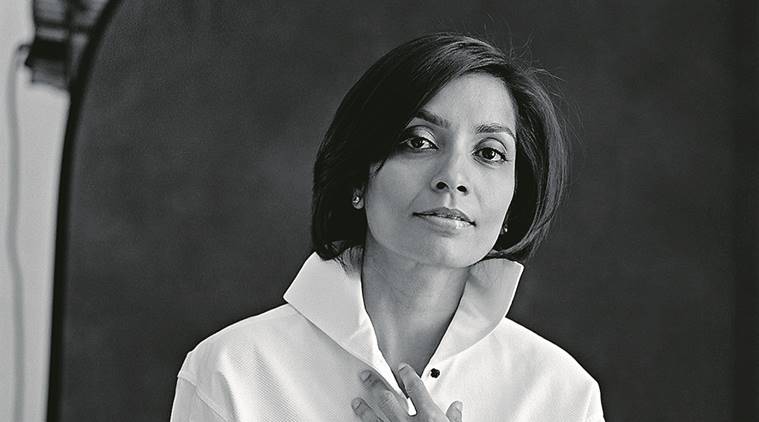Written by Pooja Pillai |Updated: December 4, 2018 3:52:28 pm
I would buy them all over again: Gallerist Amrita Jhaveri
As works from her collection go under the hammer, collector and gallerist Amrita Jhaveri talks about her practice of collecting and the post-boom rationalisation of the contemporary Indian art market.

One of the earliest and most astute collectors of contemporary Indian art, Amrita Jhaveri has been an influencer in Indian art for nearly two decades. As the London-based Jhaveri, who runs Jhaveri Contemporary in Mumbai with her sister Priya, bought works that ranged across media, materials and artistic vision, the Amaya Collection came to include early and exciting work by some of India’s most celebrated artists such as Bharti Kher, Subodh Gupta, Shilpa Gupta and Anju Dodiya. With a selection from the collection being auctioned by Saffronart over December 4 and 5, Jhaveri talks about the impulses and choices that shaped her collection, the corporatisation of galleries and the much-needed correction that followed the Indian art boom.

How do you feel as you see selections from your collection in this sale? Why did you decide to part with them?
When I see these works in a new context, I think that yes, I would buy them all over again. The main reason to have to part with them is because I could no longer really look after them. All these pieces require time and attention. If you live with things on a regular basis, you see them regularly. But a lot of them were in storage for a long period of time, like the Subodh Gupta piece (This Side is the Other Side). I have loaned it for shows, but I’ve never found a way to live with it.
When I see these works in a new context, I think that yes, I would buy them all over again. The main reason to have to part with them is because I could no longer really look after them. All these pieces require time and attention. If you live with things on a regular basis, you see them regularly. But a lot of them were in storage for a long period of time, like the Subodh Gupta piece (This Side is the Other Side). I have loaned it for shows, but I’ve never found a way to live with it.
Was the process of selecting works for this sale difficult?
It’s not easy. I had to think about it carefully. I really tried to think about it also as an exhibition and as a catalogue. All the works echo each other. Like, look at Lakshmana Rekha by Pushpamala N and Devi II by G Ravinder Reddy. They’re both gilded, so there is this material resonance. There are a lot of works with the male nude in them. Some are politically quite tongue-in-cheek, like this one called Hierarchical Arselickers by Nataraj Sharma. There are landscapes of small town India, like this very early Atul Dodiya (Saurabh Society – 12 noon), which is from the ’80s. A lot of these works are early and interesting works by artists who have now become very big names.
When did you begin collecting?






















No hay comentarios:
Publicar un comentario